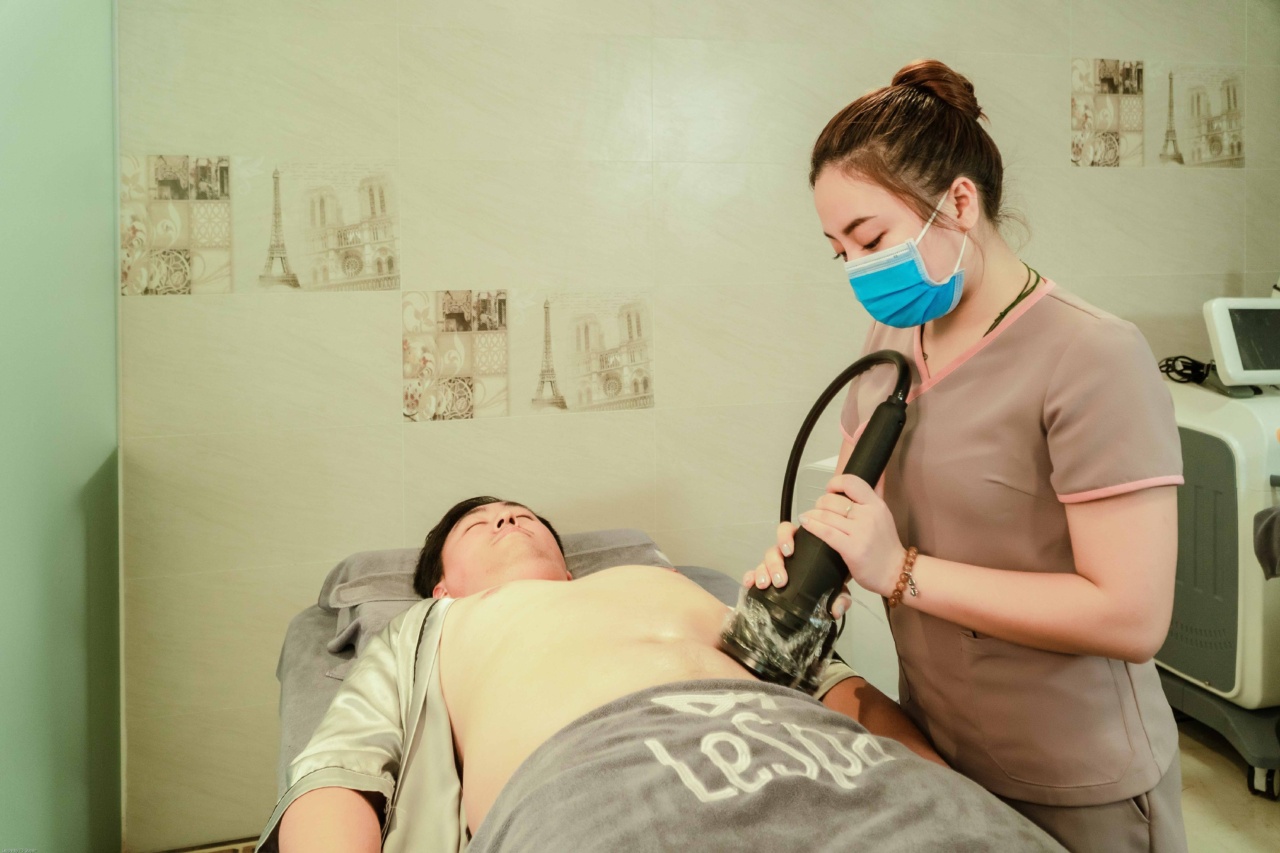Bacterial vaginosis (BV) is a common vaginal infection that occurs due to an imbalance of bacteria within the vagina. This condition can cause unpleasant symptoms and discomfort but can be treated effectively with medical intervention.
In this article, we will discuss the causes, symptoms, and treatment options available for bacterial vaginosis.
Causes of Bacterial Vaginosis
The exact cause of bacterial vaginosis is still not fully understood. However, certain factors have been identified that can increase the risk of developing this condition:.
1. Vaginal bacteria imbalance: The vagina naturally contains a combination of good (healthy) and bad (harmful) bacteria. BV occurs when there is an overgrowth of the harmful bacteria, disrupting the natural balance.
2. Sexual activity: Engaging in sexual intercourse, especially with a new partner or multiple partners, can disrupt the bacterial balance in the vagina and increase the likelihood of developing BV.
3. Douching: Vaginal douching, which involves rinsing the vagina with water or other cleaning agents, can disturb the natural pH balance of the vagina and lead to bacterial overgrowth.
4. Antibiotics: Prolonged or frequent use of antibiotics can disrupt the vaginal flora, increasing the risk of bacterial vaginosis.
5. Hormonal changes: Fluctuations in hormone levels, such as those occurring during pregnancy or menopause, can alter the vaginal environment, making it more susceptible to infections like BV.
Symptoms of Bacterial Vaginosis
Bacterial vaginosis often presents with a combination of the following symptoms:.
1. Abnormal vaginal discharge: One of the key symptoms of BV is a watery, grayish-white discharge with a distinct fishy odor. The discharge may become more noticeable after sexual intercourse.
2. Vaginal itching and irritation: BV can cause vaginal itching and irritation, leading to discomfort and a persistent urge to scratch the affected area.
3. Burning sensation during urination: Some women with bacterial vaginosis may experience a burning sensation or discomfort while urinating.
4. Vaginal odor: The characteristic fishy odor associated with BV can be particularly strong after sexual intercourse or during menstruation.
5. Vaginal inflammation: Inflammation of the vaginal tissues may occur in some cases, leading to redness, swelling, and discomfort.
Treatment Options for Bacterial Vaginosis
If you suspect you have bacterial vaginosis or are experiencing symptoms, it is important to seek medical advice for an accurate diagnosis and suitable treatment. The common treatment options for BV include:.
1. Antibiotics: The primary treatment for bacterial vaginosis is a course of antibiotics prescribed by a healthcare professional. Metronidazole and clindamycin are commonly used antibiotics for the treatment of BV.
2. Vaginal creams or gels: In some cases, topical antibiotics in the form of creams or gels may be prescribed to alleviate symptoms and restore vaginal bacterial balance.
3. Probiotics: Certain strains of beneficial bacteria, such as lactobacilli, can help restore the natural vaginal flora. Probiotic supplements or vaginal suppositories containing these bacteria may be recommended as an adjuvant treatment for BV.
4. Avoiding irritants: It is important to avoid using harsh soaps, scented products, and douches, as these can disrupt the vaginal flora and aggravate the symptoms of BV.
5. Safe sexual practices: Using barrier methods such as condoms and dental dams during sexual activity can help prevent the transfer of bacteria and reduce the risk of developing BV.
It is crucial to complete the full course of antibiotics prescribed, even if the symptoms improve, to ensure the complete eradication of the infection.
Following treatment, it is recommended to schedule a follow-up appointment with your healthcare provider to assess the effectiveness of the treatment and rule out any underlying conditions.
Prevention and Lifestyle Changes
There are steps you can take to reduce the risk of developing bacterial vaginosis or experiencing recurrent episodes:.
1. Maintain good vaginal hygiene: Practice gentle cleansing of the external genital area with mild unscented soap and warm water. Avoid douching or using harsh cleansers.
2. Avoid excessive moisture: Keep the genital area dry, especially after showering or swimming. Moisture promotes bacterial growth, so pat dry after washing and wearing breathable cotton underwear.
3. Safe sex practices: Using condoms during sexual intercourse can help reduce the risk of developing BV.
4. Limit antibiotic use: Only take prescribed antibiotics when necessary, and discuss alternative treatment options with your healthcare provider whenever possible.
5. Probiotic supplementation: Incorporating probiotics into your diet or taking probiotic supplements may help maintain a healthy vaginal flora and reduce the risk of BV.
Conclusion
Bacterial vaginosis is a common vaginal infection primarily caused by an imbalance of bacteria within the vagina. While the exact cause is still not fully understood, certain factors increase the risk of developing this condition.
Recognizing the symptoms and seeking prompt medical attention is essential for diagnosis and appropriate treatment. With the right medical intervention, such as antibiotics and lifestyle modifications, bacterial vaginosis can be effectively treated and prevented.




























